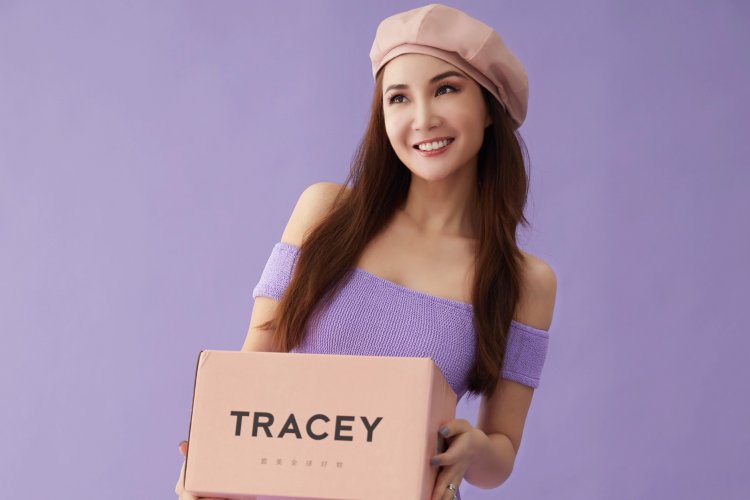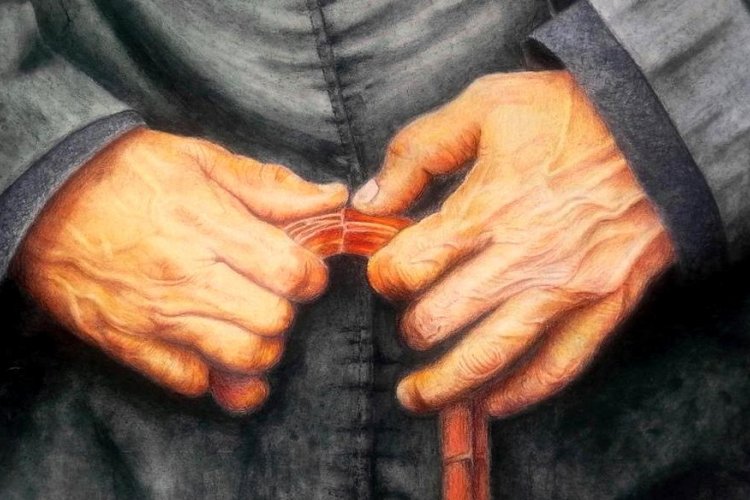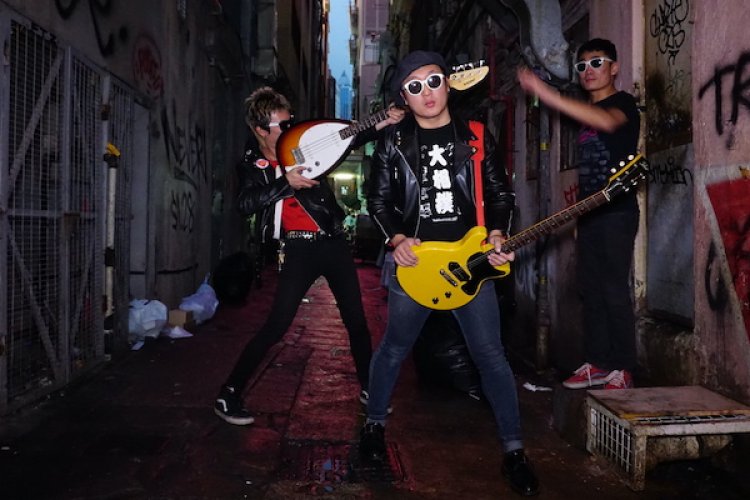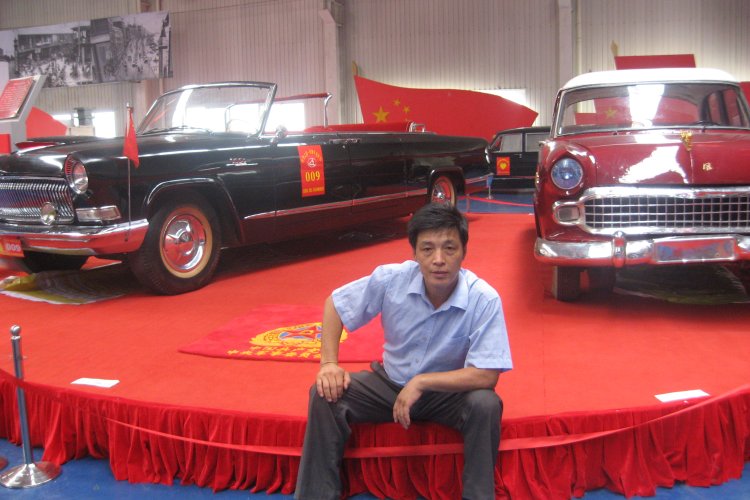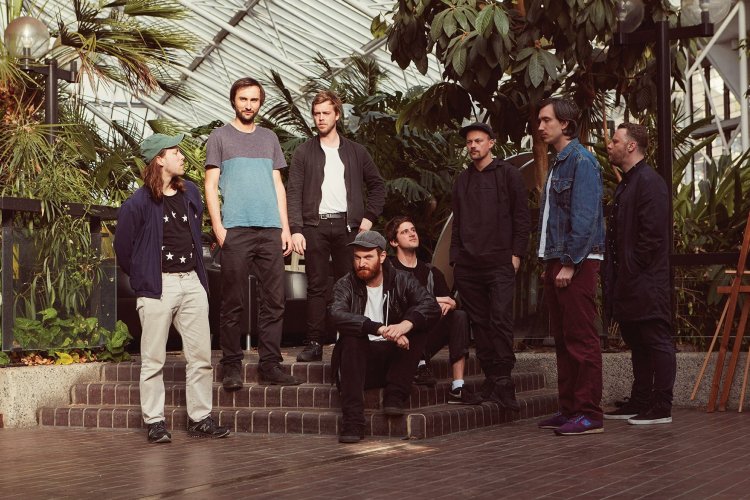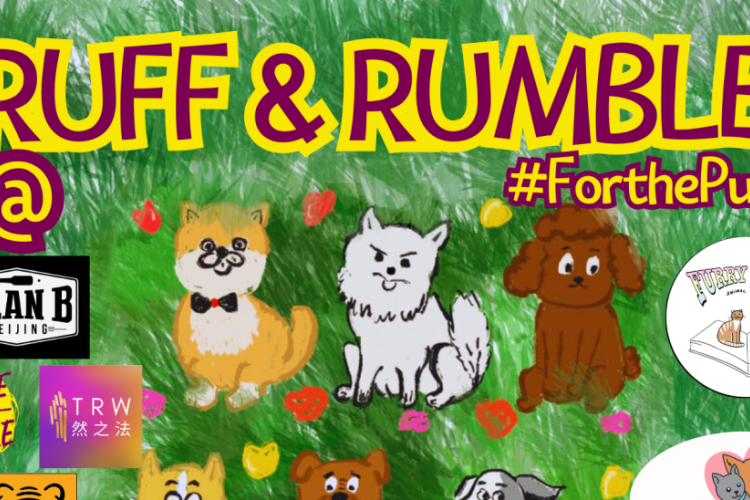A Little Bit of Heart: Currie Lee of DimSum of all things Asian
Korean-Canadian Currie Lee’s bags and jewelry are each individually handcrafted with recycled materials she’s collected in her travels throughout Asia – she retransforms everything from faded textiles to coconut shells into the next box clutch or bejeweled necklace. We spoke with her about her designs and socially-conscious business approach.
How old were you when you discovered your passion for style and design?
My mother and grandmother were always slaves to fashion – in Korea it was very expensive, but somehow they’d manage to convince my grandpa to buy them Chanel suits. Once the fabric on these suits had faded, my grandmother would cut up the fabric and make them into mini-suits for me. So I was walking around in Chanel fabric at just three years old! This also instilled in me the idea that nothing is disposable once it’s been made; it can all be adapted and reconstructed into something else.
How did you decide to design with recycled materials?
I first came up with my idea to use recycled materials from around Asia when I went on a trip to Yunnan. I had originally signed up for a tour package, but got bored about two days in and recruited a local man to be my tour guide instead. He took me around to real villages, where I met a girl who kept tugging on my raincoat, asking me why I was wearing a tent – she was just totally unfamiliar with the material. When I explained that it was a type of fabric, she insisted that it wasn’t, and brought out what she considered to be “real” fabric instead. I was so impressed: they were beautiful, beautiful textiles. So from that point on, every time I went to a village, I would first ask to see their fabrics. I could tell, though, that the textiles were being used in a way that was too “ethnic” and wouldn’t sell internationally. I thought that if I could just make them look more contemporary and accessible, they could be a huge hit! And so DimSum of all things Asian was born.
What are the craziest materials you’ve ever used for a bag or a piece of jewelry?
I just got a shipment of dyed quail and chicken feathers. You should have seen my assistant’s face when I told her – she was horrified! I also use quite a bit of frog skin, which is common in Europe but still pretty rare here. My favorite material, though, is probably buntal – it might not be as crazy, but people are often surprised to find out that it’s originally used for weaving water jugs in the Philippines. It’s fabulous for making clutch purses because it’s so flexible.
How would you describe your personal style, and how does it influence your designs?
When it comes to accessories, bags and shoes, I want something that keeps, but also makes a statement. I don’t want it because of the dollar value it represents or because it has a name brand attached to it – I want it to be a conversation piece, to have a story behind it. I have a $20 dress that I’ll wear with my $500 Jimmy Choo shoes, and I’ll love the dress just as much as the shoes. The point is to wear things that are daring and unique, but timeless.
All of your pieces are handcrafted in a Southeast Asian cottage industry that allows women to earn a living income – what motivated you to do this?
With this cottage industry, the people work in collectives: the men farm, while the women do household work and make the pieces in their spare time ... Sure, you might get your product cheaper and faster with factories, but the downside is that a lot of the employees are being paid minimum wage or less, plus the factory owners are making so much money that they don’t even care about the quality. I’ve visited every village that handcrafts my pieces to ensure that the women are being paid living wages. I’m proud of the fact that my products involve real human warmth – they’re not just dollars and figures.
DimSum of all things Asian (亚点亚心)
Unit A116, 1/F, Nali Patio, 81 Sanlitun North Street, Chaoyang District (8559 1587) 朝阳区三里屯北路81号那里花园A116室

